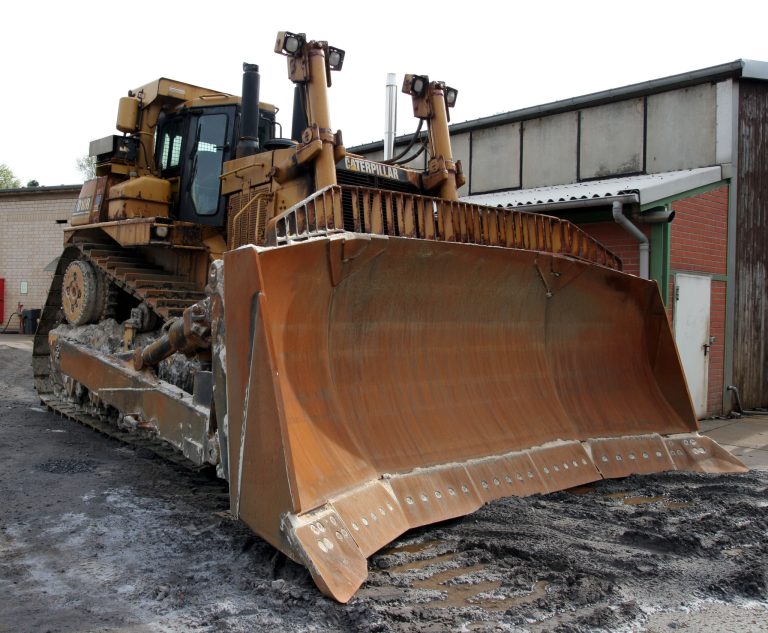©Bloomberg Persimmon, the UK’s largest housebuilder by volumes, is to raise payouts to shareholders after a 34 per cent surge in underlying profit, boosted by strong consumer demand and government support. The FTSE 100 group said that it would increase planned dividend payouts by 45 per cent, spending an extra £860m to bring the total to £9 a share by 2021. It will return 110p to shareholders as an interim payment in April. More On this topic IN Construction Jeff Fairburn, chief executive, said that growing appetite for homebuying, combined with Persimmon’s increased investment in land, enabled the higher payouts. “We’ve been building our position as a business for the future, and that gives us the confidence, together with the strength of the market, to confirm this increase,” he said. Persimmon and its rivals have benefited from a growing economy, a shortage of new homes and strong government support as ministers seek to tackle a long-term fall in home ownership rates, including through equity loans under the Help to Buy scheme. Its dividend increase mirrors that from Berkeley Group, the upmarket builder focused on London and the south-east, which in December said that it would increase its planned dividend payouts in the next six years by a quarter. Persimmon’s underlying pre-tax profit was up 34 per cent to £637.8m in the 12 months to the end of December, ahead of analysts’ expectations, on a 13 per cent increase in revenues to £2.9bn in what chairman Nicholas Wrigley called an “outstanding” year. The York-based company completed 14,572 new homes, an 8 per cent increase, during the year and sold them for 4.5 per cent more, averaging £199,127. Its operating margin increased to 21.9 per cent, up from 18.4 per cent a year earlier. Forward sales were up 12 per cent to £1.68bn. The company operated from fewer sites in 2015 — 380, down from 385 a year earlier — which Mr Fairburn said was down to hurdles in the planning process. “We are bringing through more homes on the same number of sites but what we need to see is more sites coming through. The process needs to be speeded up,” he said. He said that build costs had risen 3-3.5 per cent during 2015, in part driven by a skills shortage. The company is to maintain a neutral stance on the upcoming referendum on European Union membership, Mr Fairburn said, but he anticipated a possible dip in consumer confidence before the vote. “It’s a matter of confidence for the purchaser — anything like this can have some short-term effect,” he said. Housebuilders’ share prices dropped 4.5 per cent on Monday following the news that the referendum would take place on June 23. Charlie Campbell, analyst at Liberum, said: “It would be reasonable to assume some slowing of sales ahead of that date due to general uncertainty . . . [but] any disruption to sales is likely to prove relatively short lived.” Copyright The Financial Times Limited 2016. You may share using our article tools. Please don’t cut articles from FT.com and redistribute by email or post to the web. Source link










